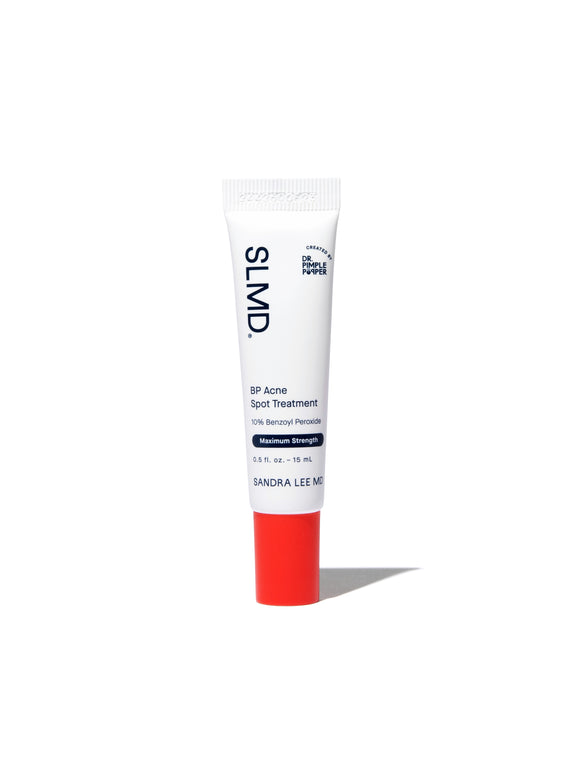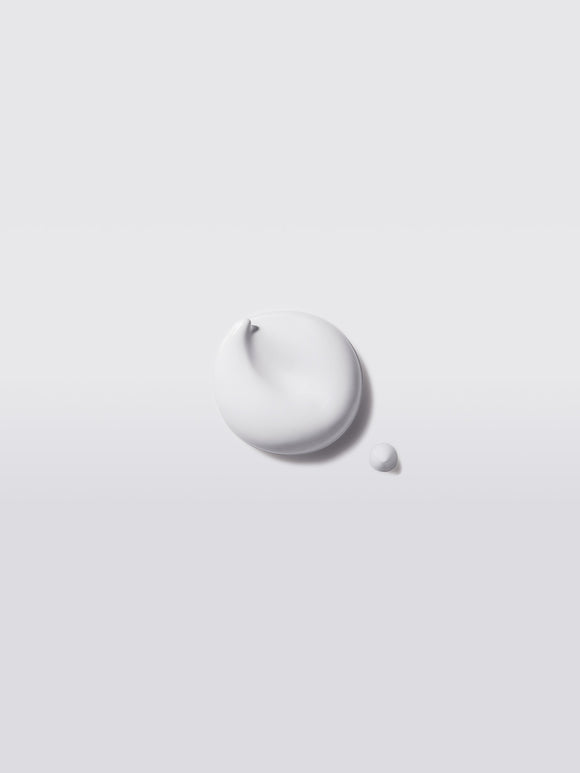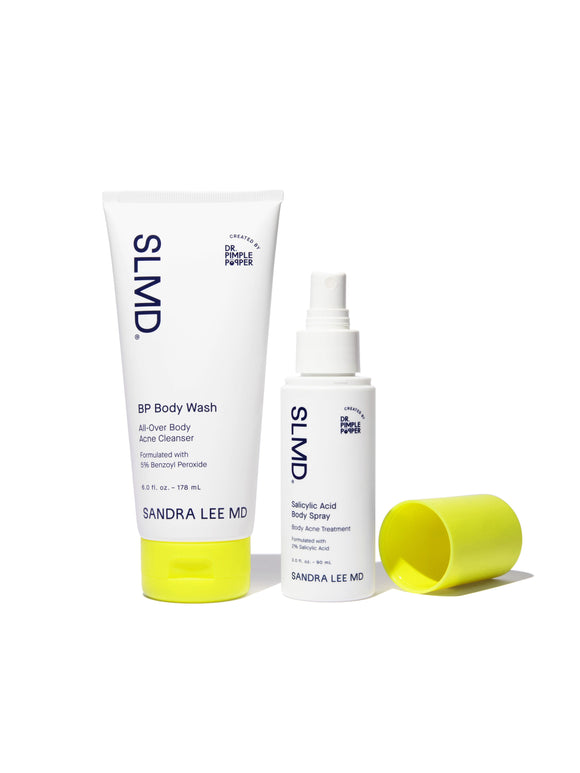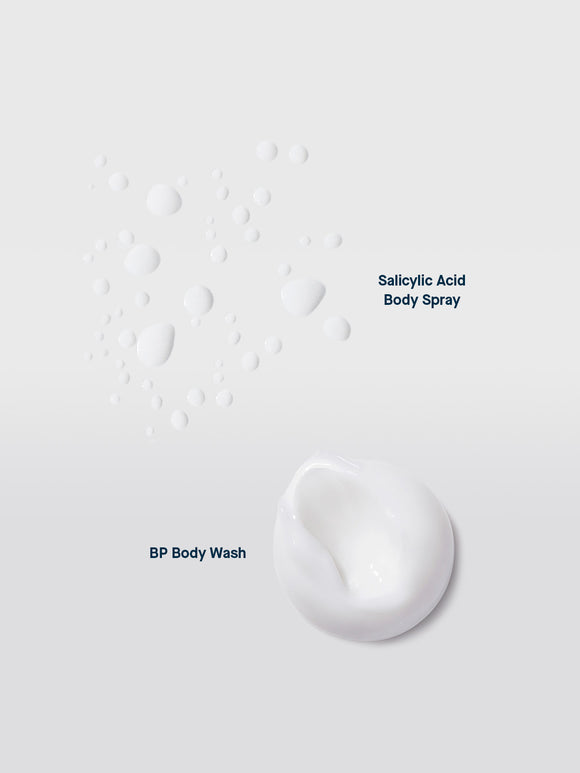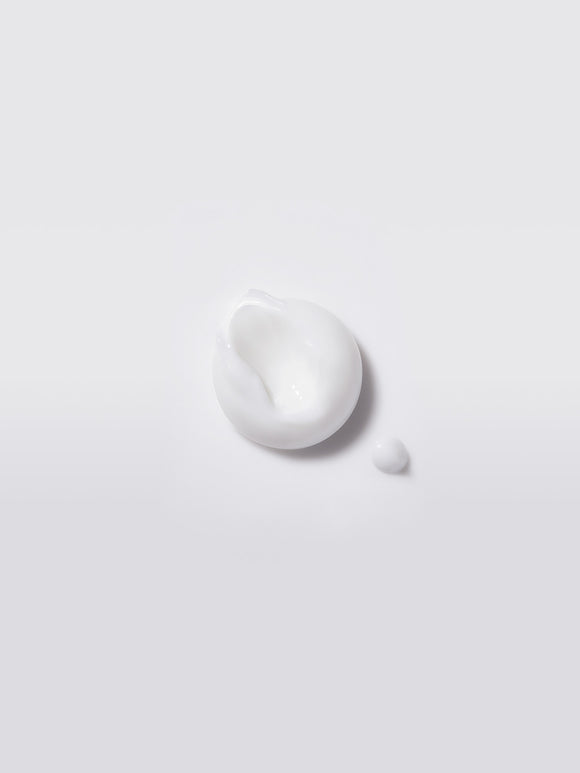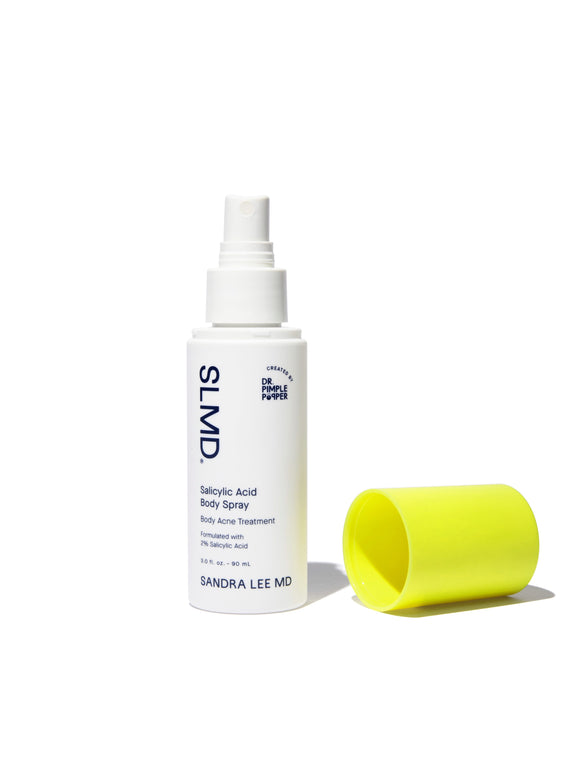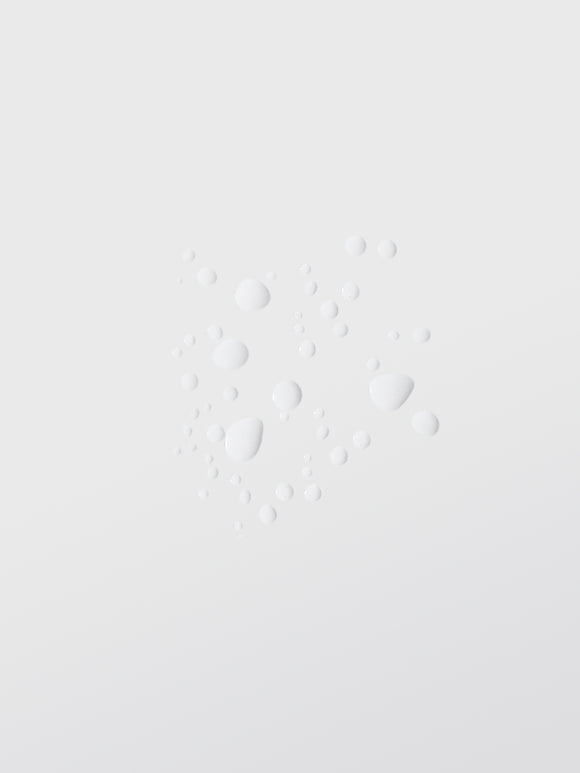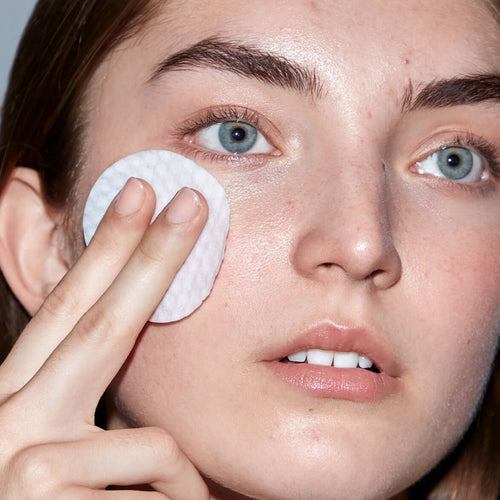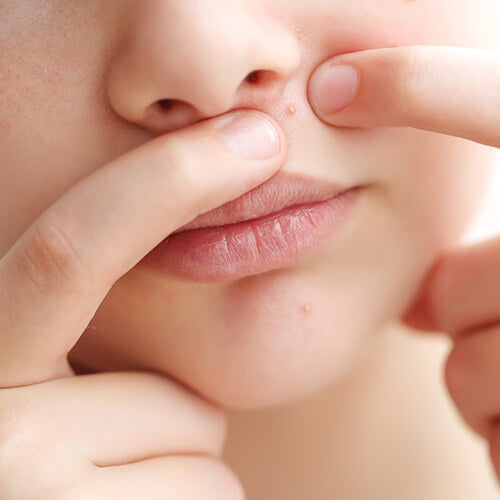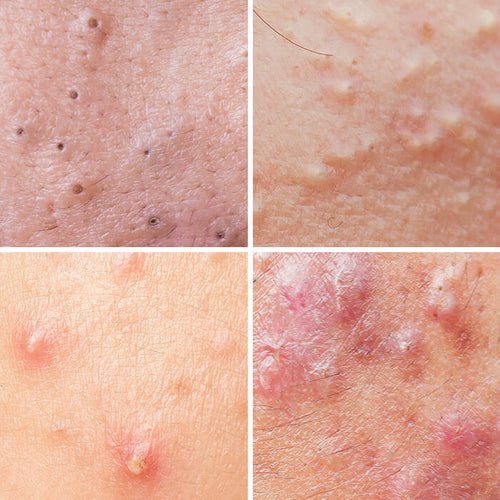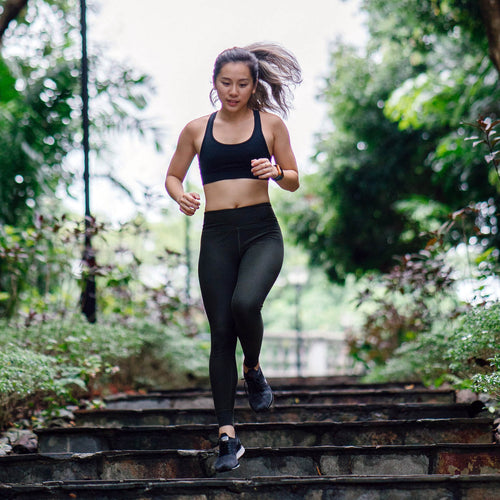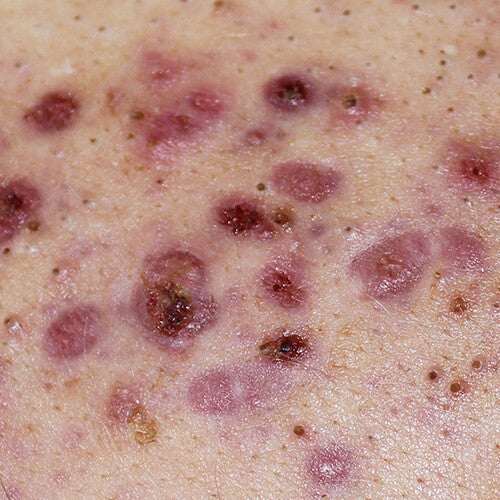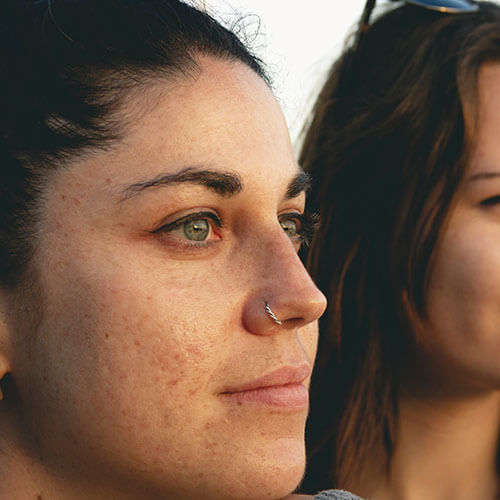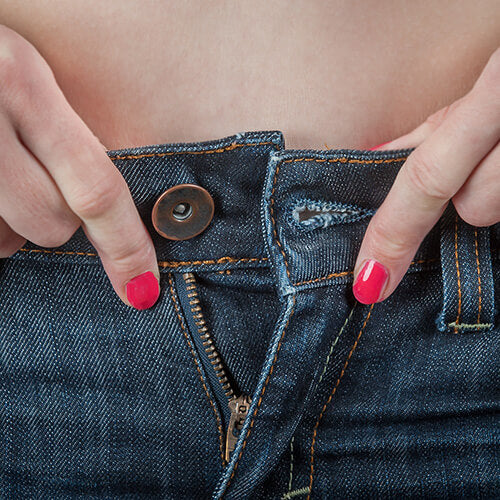
How to Treat & Prevent Vulvar, Genital & Bikini Line Acne
Dr. Pimple Popper's here to answer all your questions about this *delicate* subject.Published:
5 minute read
Sometimes pimples show up in the strangest places — like your scalp, your ears, or even…down there. Acne doesn’t discriminate: anywhere there are oil glands — including the groin, bikini line, buttocks, and vulva — breakouts can appear. Often called vulvar or vaginal acne, these pimples are more common than you might think.
Board-certified dermatologist Sandra Lee, MD (aka Dr. Pimple Popper) explains how to tell genital acne apart from other bumps, how to treat it safely, and when to see a doctor.
Fast Facts: Vulvar & bikini line acne
- Yes, acne really can happen “down there.”
- Common causes: oil, sweat, friction — plus a few surprising triggers.
- Not every bump is acne — some need a doctor’s eye.
- Gentle care goes a long way; harsh products can make things worse.
- When in doubt, see a dermatologist for answers.
Article Quick Links
Is genital or bikini line acne common?
While we usually think of acne as a face problem, it’s actually super common on other parts of the body. Chest and back breakouts are most typical (thanks to a high number of oil glands), but acne can also pop up in more intimate areas, including:
- Thighs
- Buttocks (aka buttne)
- Bikini line/groin
- Genital area (sometimes called vacne or vulvar acne)
“Acne in intimate areas forms the same way it does on the face — clogged pores, oil, and bacteria,” explains Dr. Lee. “But factors like sweating, friction, tight clothing, and hair removal can make it flare more often.”
What causes vulvar and genital acne?
Just like acne on the face or back, vulvar acne happens when pores get clogged with oil, sweat, and dead skin cells. But in intimate areas, there are a few unique triggers to watch for:
- Clogged pores combined with C. acnes bacteria (the root of common acne)
- Friction from tight clothing or gym wear
- Sweat and moisture retention (like staying in wet clothes or swimwear)
- Irritants or allergens such as synthetic fragrances, spermicides, douches, detergents, or pads
- Hair removal methods (shaving, waxing) — which can also lead to folliculitis and ingrown hairs
Dr. Pimple Popper's Bikini Line Acne Busters
Vulvar acne vs. ingrown hairs, folliculitis, & other bumps
“Down there, not every bump is acne,” notes Dr. Lee, “and mistaking it can delay the right treatment.” If you’re not sure whether a bump is acne, consider these common lookalikes:
- Ingrown hairs: trapped hairs that look like small, tender bumps. Try exfoliating with SLMD AHA/BHA Swipes before shaving.
- Folliculitis: irritation or infection of hair follicles, often red or itchy.
- Hidradenitis suppurativa (HS): deeper, painful nodules or cysts in sweat gland areas like the groin.
- Contact dermatitis: rash-like bumps caused by irritants or allergic reactions
In some cases, bumps in the genital area are caused by other conditions — like molluscum contagiosum, genital warts, or herpes — which need medical diagnosis and specific treatment.
How to treat vulvar, bikini line & genital acne safely
“The most important thing is to resist the urge to pop,” warns Dr. Lee. “That’s when I see patients end up with infections or scarring in very delicate areas.” For occasional pimples, simple steps often work:
- Leave it alone: don’t squeeze or pop — this helps prevent irritation, infection, and scarring.
- Apply warm compresses: soothing heat can reduce inflammation and encourage healing.
- Try a spot treatment: salicylic acid or benzoyl peroxide can help, but only on the surrounding skin — never inside the vagina. Try: SLMD Salicylic Acid Spot Treatment, BP Acne Spot Treatment
- Let skin breathe: shower after workouts, wear breathable fabrics, and skip scented products that can irritate delicate skin.
For frequent or widespread breakouts, consider a body acne wash, spray, or lotion, like the SLMD Body Acne System.
How to prevent bikini line & vulvar breakouts
Preventing flare-ups is often about keeping the area clean, dry, and free from irritation. A few dermatologist-approved habits can make a big difference:
- Cleanse gently: avoid harsh soaps or synthetic fragrances.
- Wear breathable fabrics: cotton and moisture-wicking materials help reduce sweat and friction.
- Shower promptly: rinse off after heavy perspiration or workouts.
- Be mindful with hair removal: exfoliate before and after to reduce ingrowns, or consider gentler methods like laser.
- Identify irritants: if contact dermatitis is suspected, cut out products one at a time to find the culprit.
And if you can’t shower or change right away after a workout, spritz your skin and clothes with SLMD Salicylic Acid Body Spray — just avoid spraying directly on your privates.
When to see a doctor for vulvar acne
Consult a dermatologist if you experience:
- Frequent, painful, or worsening bumps
- Symptoms like fever, abnormal discharge, or bleeding
- Deep, persistent nodules (possible HS)
- Suspected infections (herpes, warts, cysts) that don’t improve with general care
Genital, vulvar & bikini line acne FAQs
Q: Can hormones cause acne in the vulvar or bikini area?
A: Yes. Just like facial or back acne, hormonal fluctuations (like menstrual cycles, puberty, or PCOS) can increase oil production and trigger clogged pores in the groin or bikini line. These changes may make vulvar acne flare more often at certain times of the month.
Q: Is it safe to use acne products on the bikini line or vulva?
A: You can use spot treatments with salicylic acid or benzoyl peroxide on the bikini line, inner thighs, or buttocks — but never apply them inside the vagina or directly on mucous membranes. Stick to dermatologist-approved products, and always avoid harsh scrubbing.
Q: How do I prevent ingrown hairs versus genital acne?
A: Ingrown hairs look similar to acne but happen when hair curls back into the skin after shaving or waxing. To prevent them, exfoliate gently before hair removal, use clean razors, and moisturize after. Vulvar or bikini-line acne, on the other hand, is caused by clogged pores and bacteria — and responds best to acne-fighting treatments.

Dr. Lee's Last Word
It’s not uncommon for pimples to appear in delicate areas —and with the right approach, they’re very manageable. If it seems to be getting worse, or you think it might not be acne, talk to your dermatologist.



